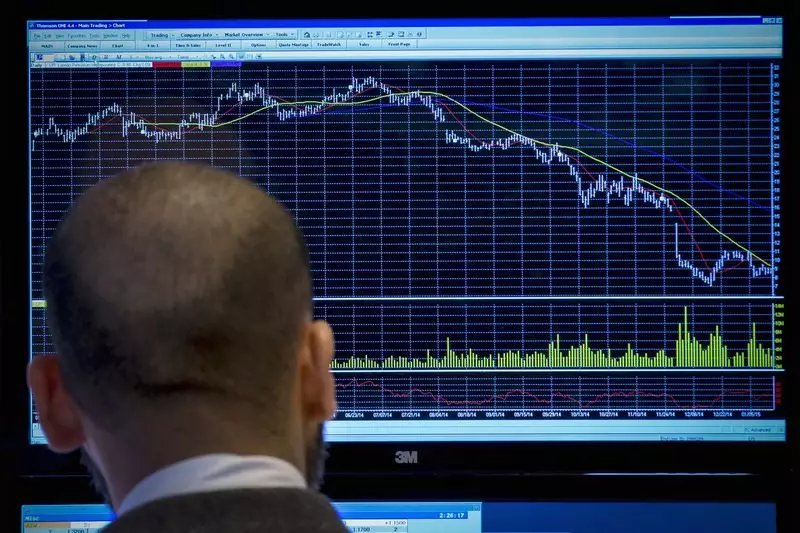Bitcoin has taken the financial world by storm, recently reaching all-time highs with aspirations to breach the psychological threshold of $100,000. This remarkable rise in value has been closely linked to shifting political climates and regulatory expectations, particularly in light of Donald Trump’s impending administration. The factors contributing to this phenomenon are worthy of analysis as they shed light on the dynamic interactions between regulatory environments, investor sentiment, and cryptocurrency markets.
Bitcoin’s recent trajectory has been directly influenced by the elections held on November 5, where not only was Trump declared the victor, but a wave of pro-crypto lawmakers were also elected to Congress. This political shift has sparked optimism among investors who believe that a more lenient regulatory framework could be on the horizon. The appointment of SEC Chair Gary Gensler, who had previously taken a tough stance on cryptocurrency regulations, has also entered into the discussion. His announcement that he would resign in January 2024 has left many speculating that the new administration might take a less combative approach toward digital currencies. Such regulatory changes are viewed as pivotal for the future of Bitcoin, which has been celebrated as a significant “Trump trade” — assets that could benefit or suffer based on Trump’s policies.
Since its inception in 2009, Bitcoin has faced skepticism from traditional financial markets. However, the recent surge has underscored its potential mainstream acceptance. As Shane Oliver, chief economist at AMP, remarked, the longevity of Bitcoin lends it a degree of seriousness in the eyes of investors. The crucial element driving Bitcoin’s rise is its momentum; according to market data, it has gained approximately 130% year-to-date. Moreover, the cryptocurrency sector is witnessing increasing participation from institutional investors, who, until recently, were mostly hesitant to engage with digital assets.
This shift is not merely a passing trend. The approval of U.S.-listed Bitcoin exchange-traded funds (ETFs) in January has catalyzed institutional interest and opened the floodgates for both retail and institutional investors, leading to more than $4 billion flowing into these products post-election. Such developments point toward a maturation of the cryptocurrency market, where the assets are starting to be recognized as viable investment options rather than speculative anomalies.
Despite its recent highs, Bitcoin’s performance has exhibited some volatility. On the day when it reached nearly $100,000, it briefly receded to around $99,383, reflecting typical market behavior. The narrative surrounding Bitcoin may seem euphoric, yet it is punctuated by moments of hesitation that remind investors of the inherent risks associated with cryptocurrency investments. The past year has seen Bitcoin’s value more than double, showcasing its potential for explosive growth amidst broader market trends.
Investors remain enthusiastic, largely due to the momentum that shows no signs of stopping. Predictions abound regarding Bitcoin’s capacity to sustain its upward trajectory, especially with the potential easing of regulatory pressures. However, this doesn’t eliminate the risks; the cryptocurrency market is still subject to fluctuations driven by regulatory news, market sentiment, and technological advancements.
Looking toward the future, the cryptocurrency landscape appears poised for growth. Initiatives from the new administration could foster an environment where digital assets flourish. However, investors must remain vigilant. The market remains unpredictable, and while Bitcoin’s recent performance has generated significant enthusiasm, it is essential to approach with a balanced perspective.
Bitcoin is navigating a transformative period marked by political changes and shifting market dynamics. The momentum it has gained thus far is promising, suggesting that the cryptocurrency could secure its place in the financial repertoire of investors. Nonetheless, the underlying volatility remains a critical factor that should not be overlooked. As we draw closer to a new regulatory environment, both excitement and caution will be the watchwords for cryptocurrency investors in the months ahead.

